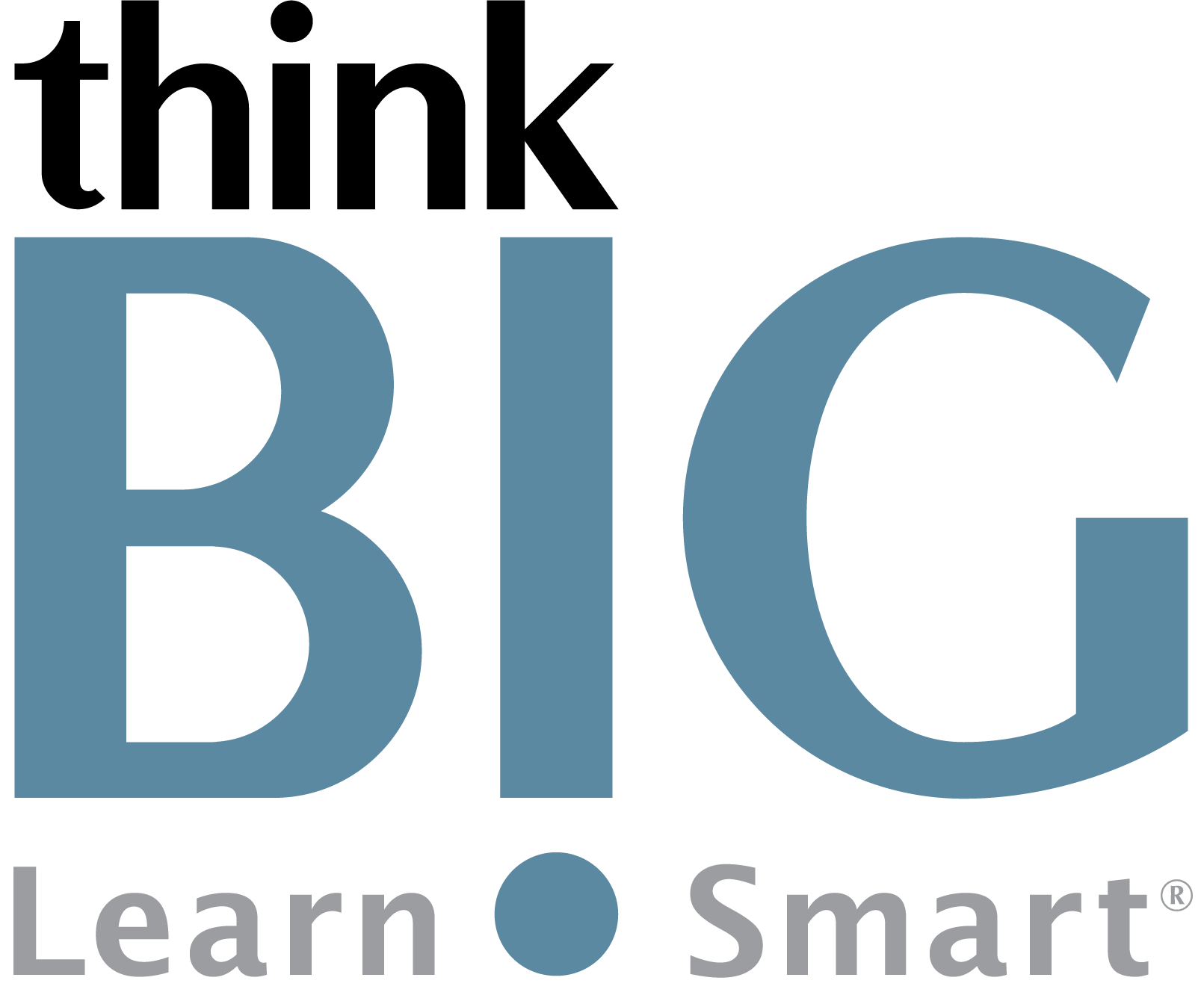Course Overview
TOP
In this hands-on, two-day Blender for 3D Animation training course, you will learn how to use this tool for modeling, rigging, animation, simulation, rendering, compositing, motion tracking, editing, and game creation. This course will cover animation creation, visual effects, art, 3D printed models, motion graphics, interactive 3D applications, and more! You will learn how to model and sculpt, create materials for textures and shading, animations, particles and physics, simulations, and rendering.
Scheduled Classes
TOPWhat You'll Learn
TOPOutline
TOP1. Getting Started with Blender
First Steps, Navigating the Interface
Menus, Search, and Shortcuts
Create Your First Objects
Modifying Objects
Make a Scene, Add Lights!
Addons
Render Your Scene
Exercise Time: Add More Objects
2. Modeling & Sculpting
Overview of Modeling & Sculpting
Create Your First Sculpture
Common Sculpting Tools & Settings
Optimizing Your Model for Animation
Edit Mode
Common Modelling Tools
Exercise Time: Create a Jet
3. Textures & Shading
Overview of Texturing
Creating Your First Materials
The Shader Editor
Unwrapping
UV Tools
Creating Your First Texture
Exercise Time: Paint Details
4. Create Animations
Overview of Animation
Create Your First Rig
Set Your First Keyframe
Common Animation Tools
Exercise Time: Animate!
5. Particles and Physics
Overview of Particles & Physics
Hair Particles
Using Forces with particles
Rigid Bodies and Simulations
Exercise Time: Particle Tricks!
6. Simulations
Light it on Fire
Creating Liquids
Exercise Time: Fire & Water!
7. Putting it All Together
Organizing Before You Begin
Lighting
EEVEE and Realtime Rendering
Cycles and Raytrace Rendering
Denoising Algorithims
Exercise Time: Light & Render!
8. Advanced Techniques
3D Printing
Photorealism
Commonly Used Add-ons
Exporting to Game Engines
Disclaimer: All course objectives and outlines are used as a guideline and are subject to change to ensure the latest information is covered to support real world use of the technology.
Software Versions: ThinkB!G open enrollment classes are taught on the most current version of software whenever possible.

